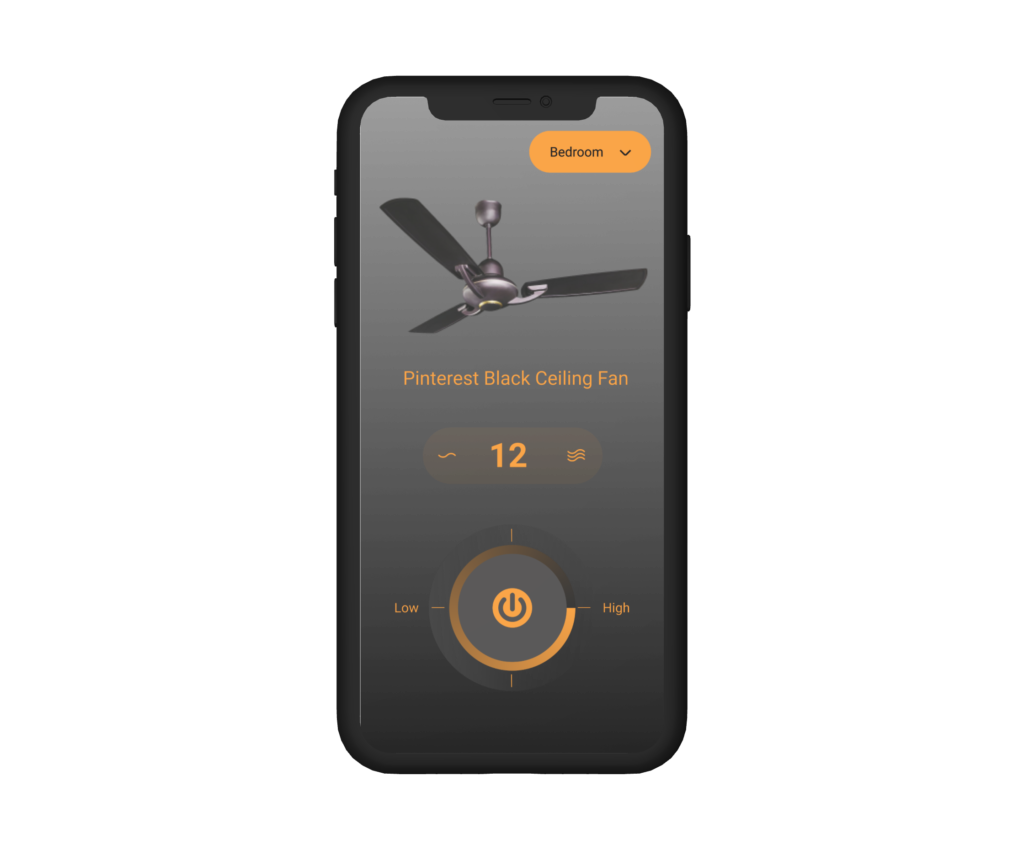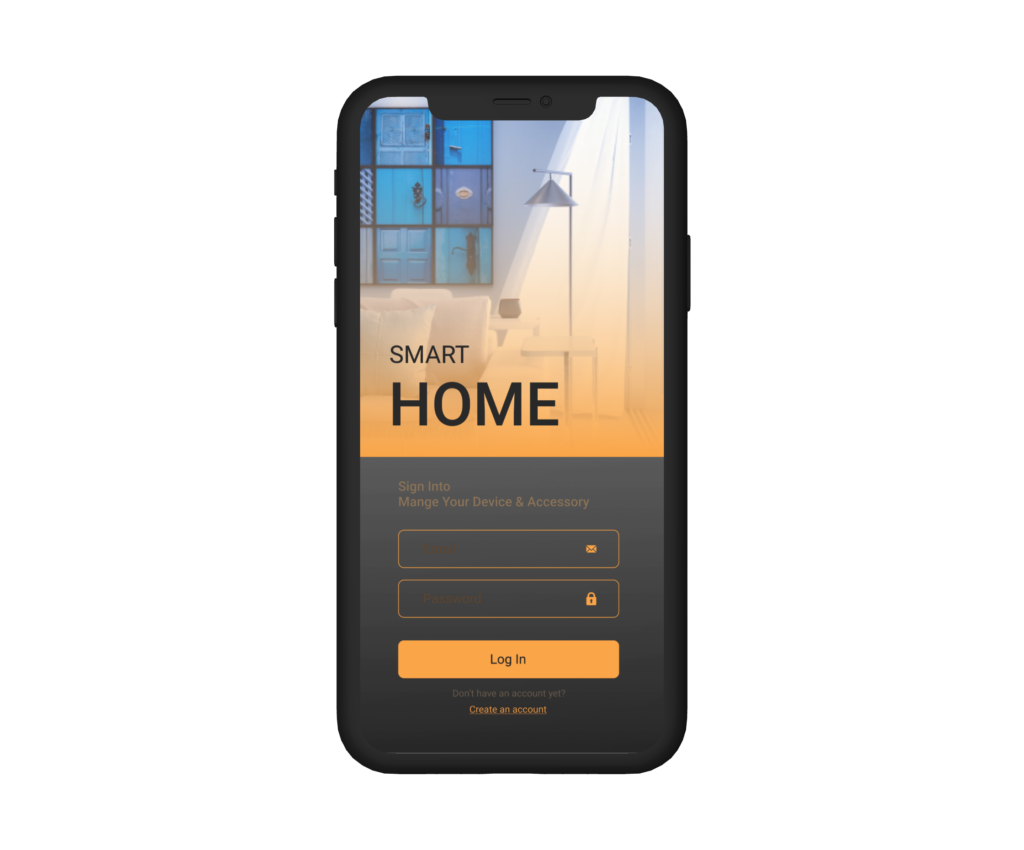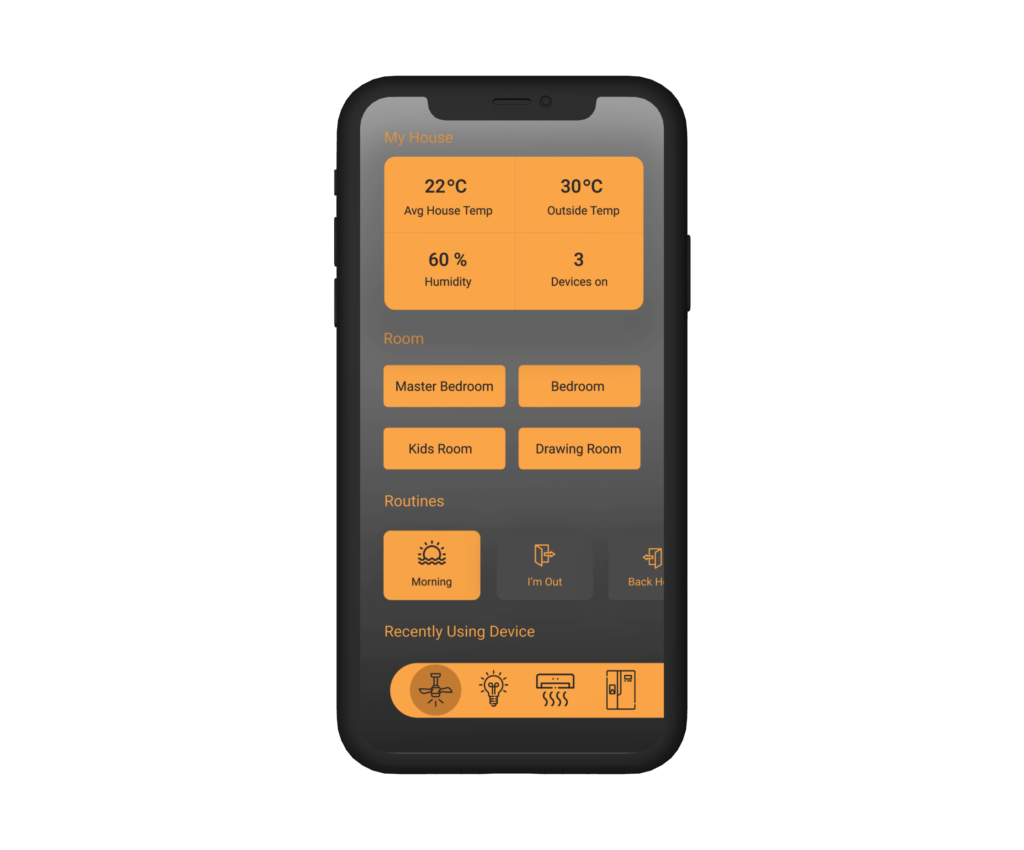What We Provide In Smart Home App
In today’s fast-paced world, technology continues to shape our daily lives in profound ways. One of the most exciting advancements is the integration of smart home apps, which have transformed our houses into intelligent living spaces. These apps allow us to control and automate various aspects of our homes, from lighting and temperature to security and entertainment, all from the convenience of our smartphones. Smart home apps are not just a trend; they represent a fundamental shift in how we interact with our living spaces, making them safer, more efficient, and more comfortable.

Benefits of Smart Home App
Smart home apps offer an array of advantages that enhance our daily lives in numerous ways:
- Convenience: With smart home apps, you can control and automate various devices and systems in your home, making life more convenient. Adjust the thermostat, turn off lights, or lock doors with a simple tap on your smartphone.
- Energy Efficiency: Save on energy bills by optimizing heating, cooling, and lighting based on your preferences and occupancy patterns. Smart home apps can even provide insights on energy consumption.
- Security: Enhance the security of your home with features like remote monitoring, motion detection, and real-time alerts. You can keep an eye on your property and loved ones, even when you’re away.
- Comfort: Set the perfect ambiance by adjusting lighting and temperature to match your mood or the time of day. Wake up to a warm and well-lit home in the morning.
- Remote Access: Control your smart home devices from anywhere in the world. Forgot to lock the door or turn off the oven? No problem; your app has you covered.
- Safety: Smart home apps can provide safety features like smoke and carbon monoxide detectors, ensuring the well-being of your family.
- Entertainment: Enjoy a seamless entertainment experience by controlling audio and video systems with your app. Create the perfect home theater atmosphere or play music throughout your house with ease.
Features of Smart Home App
Smart home apps encompass a wide range of features that make them indispensable for modern living:
- Device Control: Control smart devices such as lights, thermostats, locks, cameras, and appliances through your app.
- Automation: Create custom automation routines to perform actions based on triggers or schedules. For instance, you can have your lights turn on automatically at sunset.
- Voice Control: Integrate voice assistants like Amazon Alexa or Google Assistant to control devices with voice commands.
- Security: Monitor your home’s security with features like video surveillance, doorbell cameras, and intruder detection.
- Energy Management: Optimize energy usage by tracking and controlling heating, cooling, and lighting systems.
- Notifications: Receive real-time alerts and notifications about events in your home, such as motion detected or doors left unlocked.
- Interconnectivity: Ensure that your smart devices can communicate and work together seamlessly, creating a unified smart home ecosystem.
- Remote Access: Control and monitor your smart home devices remotely through your smartphone, tablet, or computer.


Functionalities of Smart Home App
A successful smart home app should encompass a range of functionalities to provide a seamless and efficient user experience:
- User Registration and Profiles: Allow users to create accounts, customize profiles, and set up their smart home devices.
- Device Setup: Provide easy device setup instructions, including pairing, linking, and configuration.
- Device Control: Allow users to control individual devices or groups of devices, adjusting settings and actions as needed.
- Automation: Enable users to create custom automation routines, setting triggers and actions for their devices.
- Voice Control: Integrate voice assistants to allow users to control devices using voice commands.
- Notifications: Send real-time notifications and alerts to inform users of events or issues in their homes.
- Energy Management: Provide energy usage data and tools to help users monitor and optimize their energy consumption.
- Security: Implement security features, including video surveillance, motion detection, and remote monitoring of security cameras.
- Remote Access: Allow users to control and monitor their smart home devices remotely through the app, whether they’re at work or on vacation.
Technologies, Time Frame, and Cost
Developing a smart home app involves several considerations, including the choice of technologies, time frame, and costs:
- Technologies: Depending on the platform (iOS, Android, or both), technologies like Swift, Kotlin, React Native, or Flutter may be used for frontend development. Backend technologies like Node.js, Ruby on Rails, or Django can be chosen for server-side development. Integration with IoT protocols (such as Zigbee or Z-Wave) and APIs for device compatibility is crucial.
- Development Time Frame: The development time frame can vary depending on the complexity of the app and the number of integrated devices. A basic smart home app may take approximately 6-9 months to develop, while a more feature-rich app with advanced automation and security features could require 9-12 months or longer.
- Cost Range: Development costs can vary widely based on complexity and features. Basic apps may start at $100,000 – $200,000, while medium complexity apps can range from $200,000 – $500,000, and complex apps may exceed $500,000 in development costs.
